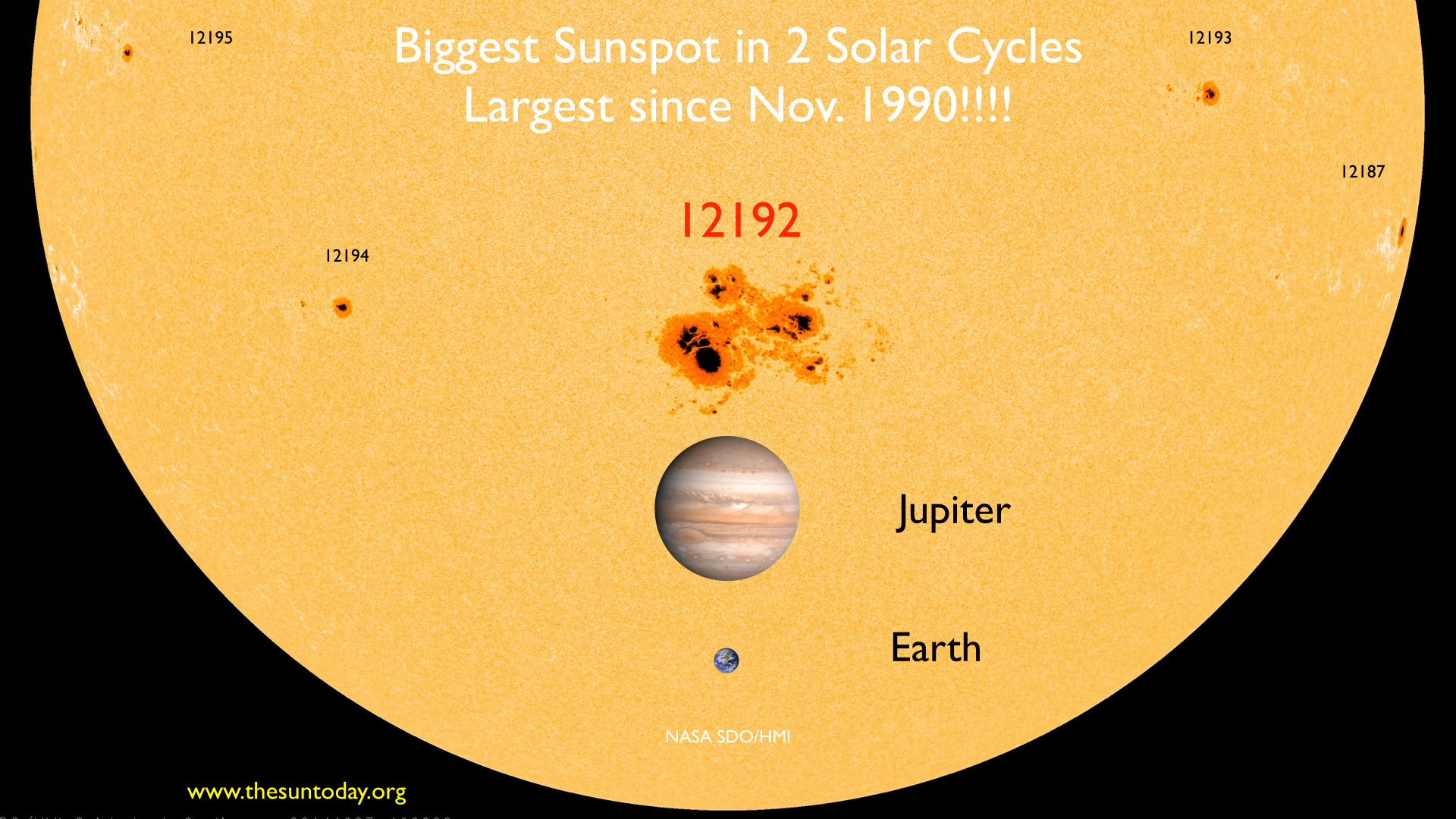 Have you ever wondered if it’s possible to detect a massive sunspot without using a telescope? Well, the answer might surprise you. The giant sunspot known as AR3664 has earned the title of being one of the largest in this century, and it’s so enormous that it can already engulf up to 15 Earths. The impact from its solar flares poses a serious threat to our communication systems and can affect critical services on Earth, from the banking system to emergency services.
Have you ever wondered if it’s possible to detect a massive sunspot without using a telescope? Well, the answer might surprise you. The giant sunspot known as AR3664 has earned the title of being one of the largest in this century, and it’s so enormous that it can already engulf up to 15 Earths. The impact from its solar flares poses a serious threat to our communication systems and can affect critical services on Earth, from the banking system to emergency services.
But here’s the interesting part – AR3664 became so large that we could observe it from Earth using solar eclipse glasses! Yes, you read that right. Those solar eclipse glasses that you used to watch the solar eclipse can also be used to witness this massive sunspot. Of course, it’s recommended to use glasses that correspond to the international safety standard ISO 12312-2 for your own protection.
Now, let’s talk about why massive solar flares like AR3664 are such a big deal. The primary threat they pose lies in the emission of significant amounts of X-ray and ultraviolet radiation, originating within the magnetic field of the sunspot. When these rays reach Earth, they initiate ionization in the upper layers of our atmosphere. This can lead to two outcomes – a beautiful evening show in the form of aurora appearing in unusual places around the world or a serious problem for our satellite communication systems, GPS navigation, and radio communications.
To put things into perspective, let’s take a trip back in time to the solar superstorm of 1859, also known as the Carrington Event. It is considered the most powerful solar flare in the history of astronomical observations. During this event, the electromagnetic storm that swept over Earth triggered the emergence of the northern lights in the Caribbean. But that’s not all. In specific regions, observers witnessed high-energy radiation that caused sparks to fly from telegraph poles. It was a truly remarkable and awe-inspiring event.
While today’s AR3664 hasn’t reached the same magnitude as its 19th-century counterpart, we cannot dismiss the possibility that future solar flares may attain comparable levels of intensity. This is why it’s crucial to monitor and understand these phenomena.
Solar flares are classified into five main classes, ranging from A-class (the least intense) to X-class (the most powerful). AR3664 was classified as an M-class event, while the preceding flare, AR3663, was designated as an X-class event. According to the National Oceanic and Atmospheric Administration (NOAA), AR3663 triggered a solar storm classified as G4, whereas AR3664 resulted in a weaker storm falling within the G1-G2 range.
So, can we still see AR3664 now? The answer is not as clearly as before. The sunspot has been quite active lately, firing off solar flares left and right. On May 10, it unleashed an X5.8-class flare, and in the past 12 hours alone, three more X-class flares have burst forth. However, the major storm has passed, and now the sunspot is not as visible as it was before. According to NOAA forecasters, we might experience minor to moderate geomagnetic storms today due to a glancing blow coronal mass ejection from the departing sunspot AR3664.
In conclusion, the giant sunspot AR3664 has captured our attention with its enormous size and powerful solar flares. Although it might not be as visible now, we cannot underestimate the potential impact of future solar flares. It’s important to stay informed about these phenomena and take necessary precautions to protect our communication systems and critical services on Earth. So, keep those solar eclipse glasses handy – you never know when you might need them to witness something extraordinary happening on our very own star, the Sun.



